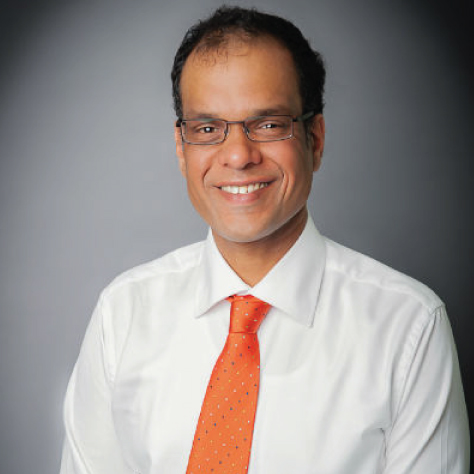Mullainathan gives the example of a person buying $50 headphones versus $400 speakers. Told that the headphones cost $40 at the store’s other location 30 minutes away, and that the speakers cost $385 at this other location, people are more willing to make the trip and invest the time to save money on the headphones, the cheaper item.
Great, you might think. They’re saving money. It’s more worthwhile to save a whole 20% on the headphones than just 3.75% on the speakers, right?
That’s where many of us make a mistake in perception. The discount on those headphones is $10. The discount on the speakers is $15. You’re saving a bigger percentage of the original price on the headphones, but you’re saving more actual dollars on the speakers. The estimated percentage of the overall price, which is where our minds tend to go first, doesn’t affect your bottom line like the dollars.
Now, if you were deciding between buying the headphones and the speakers, this would be a different discussion entirely.
One group of people who tends to understand this concept better than the rest of us is those who are cash-strapped.
For one thing, lower-income people behave more consistently as consumers than more affluent ones. Poorer people tend to value a dollar more consistently, irrespective of the context. It is not simply that those with less money pinch more pennies; it is that they are compelled to value those pennies in absolute rather than relative terms.
Whereas the well-off may dabble in frugality, necessity makes the poor experts in it. To them, a dollar has real tangible value. A dollar saved is a dollar to be spent elsewhere.
The insight here is simple: When it comes to money, stop looking at relative values and start looking at absolutes. Dollars, not percentages, matter. In this case, the well-off can learn something about money management from the poor.
You can read the full article here.
What do you think about this mistake? Do you make it? I know I do, and a lot of people I know do.
Have you thought about your day today, month to month and year to finances? Does it worry you? Do you think you are good at it?
We here at Marked Focus have some excellent, simple strategies to help improve your finances. From the very small to the very large, our ethos that ‘every little bit helps’ puts money back in your wallet. To discuss your current financial situation and how we can help to improve it, contact us here.
Until next time,
Mark @ Marked Focus
—
At Marked Focus, your business matters to us.
Mark Peterson is the Director of Marked Focus and leads a network of financial industry professionals to help you know your numbers and make the best possible financial decisions for your professional and personal life.
To speak with Mark about all things tax, financial planning, superannuation, or to review your insurance, home loans or personal loans, please contact:
(03) 5996 1990
mark@markedfocus.com.au


